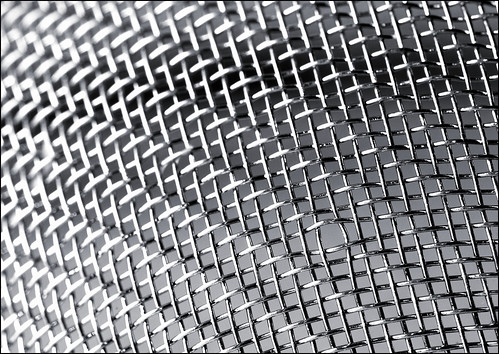 If you were to ask any 10 athletes, regardless of their sport, to tell you what the most important aspect of their training is, you will invariably be told “the training sessions”. Athletes are always concerned about doing the right workouts. They will search high and low for the workout that will take them to training and performance nirvana.
If you were to ask any 10 athletes, regardless of their sport, to tell you what the most important aspect of their training is, you will invariably be told “the training sessions”. Athletes are always concerned about doing the right workouts. They will search high and low for the workout that will take them to training and performance nirvana.
In the grand scheme of things, the training session serves as perhaps an hour or so of training stimulus. What about the 23 or more hours until the next training stimulus? That’s a lot of time for recovery and adaptation to occur. Recovery reigns supreme in training and injury – and here’s why.
Training: The human body will adapt to the imposed training demands given an environment in which to do so. Exercise physiologists call this “specific adaptation to imposed demands”. The human body is constantly balancing out the rate of application of training stimulus with the rate of adaptation to training. A training session is only as good as the body’s ability to recover from and adapt to the training stimulus. But while athletes focus on the training session, they should ultimately be focusing on their ability to recover from the training session - regardless of whatever magical workout they have just completed.
This becomes even more important when we attempt to make sense of training-related injuries.
Injury: The vast majority of injuries that athletes sustain are related to training error – oftentimes too much, too soon. This is, once again, indicative of an inability to recover from and adapt to the imposed training stimulus and demands.
The sports medicine community has, for many years, described the “overuse” or “repetitive strain” injury. But won’t the body continue to adapt to the imposed demands if given an environment in which to do so? Of course it will. If “overuse” truly occurs, then there should be a consistent “breaking point” at which everyone will sustain an injury. But we know this isn’t the case. If you take runners as but one example, some can run 100 miles without issue, whereas others can run just a few miles and sustain an “overuse” injury.
What we have is an issue of “under-recovery” rather than “over-use”. At some point in time, if the body continues to have a rate of application of training stimulus that exceeds the rate of adaptation, or if there is a sub-optimal environment in which to recover and adapt, injury will occur. Though many might consider this an issue of semantics, I would suggest otherwise. The concept of “under-recovery” is seamless conceptually between training and injury paradigms. It truly describes what is taking place at the cellular level. Many issues faced by athletes are not truly “injuries” as much as they are a sustained imbalance between the rate of application of training stimulus and the rate of adaptation.
The same holds true with the other primary type of training injury – trauma. Traumatic injuries are the ultimate imbalance between rate of application of training stimulus and rate of adaptation. A mechanical overload of the system is met with a need for recovery. This could be in the form of tissue repair and remodeling.
Recovery reigns supreme in training – as it is critical to the process of training adaptation. Those who recover well will optimize their training response and performance. Recovery also reigns supreme in the realm of injury – as insufficient recovery (and an inability to balance the rate of training stimulus with the rate of adaptation) will eventually lead to injury.
What are you doing – as an athlete, a coach, or a health care provider – to promote recovery? Are you doing enough?
Photo credits: rofi
 "Running Injuries: Etiology And Recovery- Based Treatment" (co-author Bridget Clark, PT) appears in the third edition and fourth editions of "Clinical Orthopaedic Rehabilitation: A Team Approach" by Charles Giangarra, MD and Robert C. Manske, PT.
"Running Injuries: Etiology And Recovery- Based Treatment" (co-author Bridget Clark, PT) appears in the third edition and fourth editions of "Clinical Orthopaedic Rehabilitation: A Team Approach" by Charles Giangarra, MD and Robert C. Manske, PT.
 Allan Besselink, PT, DPT, Ph.D., Dip.MDT has a unique voice in the world of sports, education, and health care. Read more about Allan here.
Allan Besselink, PT, DPT, Ph.D., Dip.MDT has a unique voice in the world of sports, education, and health care. Read more about Allan here.
 Top 5 finalist in three categories: "Best Overall Blog", "Best PT Blog" and "Best Advocacy Blog".
Top 5 finalist in three categories: "Best Overall Blog", "Best PT Blog" and "Best Advocacy Blog".